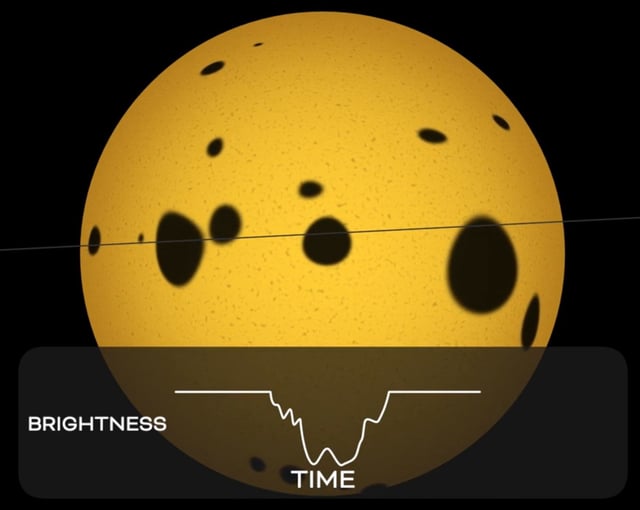Overview
- Researchers published the StarryStarryProcess model on August 25 in The Astrophysical Journal, detailing a hierarchical approach to stellar spot mapping.
- The method combines planetary transit light curves with a star’s rotational brightness changes to infer the number, locations, and contrasts of star spots.
- Applied to the TESS-discovered system TOI-3884 b, the analysis indicates spot concentrations near the host star’s north pole and a pole-on transit geometry.
- The current implementation fits only visible-light datasets from missions like TESS and Kepler and does not incorporate infrared data from JWST.
- NASA highlights the tool’s value for the upcoming Pandora mission’s multiwavelength observations to better distinguish stellar activity from true planetary atmospheric signals.
